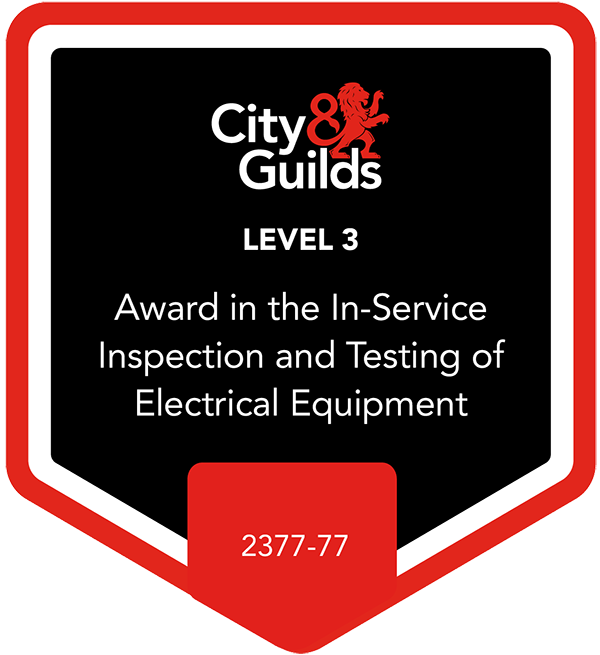
PAT Testing Plymouth, Devon and Cornwall
Competitively priced PAT testing covering Plymouth, Devon and Cornwall.
Fully compliant service with electrical safety tests and a thorough visual inspection including cables and mains plug connections.
All data recorded and issued with certificate.
What is portable appliance PAT testing
PAT Testing is a crucial process designed to ensure the safety of electrical appliances in your workplace or holiday let. It involves a comprehensive electrical and visual examination to identify appliances that may be dangerous for continued use.
It will be a requirement of your business insurance that appliances are electrically safe. PAT testing must be carried out in accordacce with the letest IET code of practice.
Warning!
If your current PAT testing agent is not City and Guilds level 3 qualified, is not recording and supplying test data and is not carrying out a thorough visual inspection including inside the mains plug, then they are not working in accordance with the latest IET code of practice which may invalidate your insurance.

Interested in our PAT testing & inspection service?
Why is it important to perform regular PAT testing?
Portable Appliance Testing (PAT) is a process commonly carried out in the UK to ensure the safety of electrical appliances used in various settings. The primary goal of PAT testing is to identify potential electrical faults or defects in appliances that could pose a risk to the safety of users or cause electrical fires. Here are some key reasons why PAT testing is performed in the UK:
Legal Requirements
PAT testing is not a legal requirement in itself, but the UK has regulations in place that require employers and landlords to ensure the safety of electrical appliances. The Electricity at Work Regulations 1989 stipulate that electrical systems and equipment must be maintained to prevent danger.
Duty of Care
Employers and landlords have a duty of care to ensure the safety of employees, tenants, and the general public. Regular PAT testing is seen as a practical way to fulfil this duty by identifying and addressing potential electrical hazards.
Insurance Requirements
Some insurance policies may require businesses and landlords to demonstrate that they have taken appropriate measures to maintain electrical safety. PAT testing can serve as evidence of compliance with safety standards.
Prevention of Accidents
Regular testing helps identify faulty appliances before they can cause accidents, such as electric shocks, burns, or fires. This preventive approach helps mitigate the risk of injury and property damage.
Compliance with Standard
PAT testing is in line with industry standards and guidelines, such as the IET Code of Practice for In-Service Inspection and Testing of Electrical Equipment. Adhering to these standards ensures that testing is carried out systematically and consistently.
Identification of Faults
PAT testing involves visual inspections and electrical testing to identify any visible damage or underlying faults in appliances. This process helps identify potential issues that may not be apparent during regular use.
Workplace Safety
In workplaces, ensuring the safety of electrical appliances is crucial for maintaining a safe working environment. Regular PAT testing contributes to the overall safety culture in organizations.
Compliance with Landlord Responsibilities
Landlords are responsible for the safety of electrical appliances provided in rented accommodations. Regular PAT testing helps landlords fulfil their legal obligations and provides assurance to tenants about the safety of electrical equipment.
It’s important to note that the frequency of PAT testing may vary depending on the type of equipment, its usage, and the environment in which it is used. While there is no fixed legal requirement for the frequency of testing, a risk assessment is typically conducted by the duty holder to determine the appropriate testing intervals.
